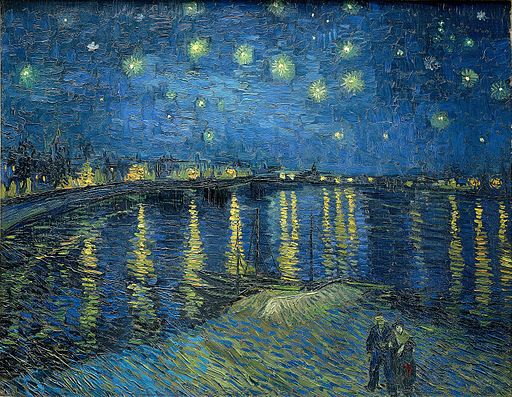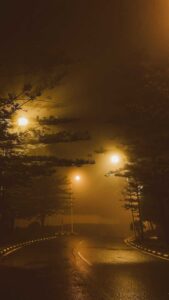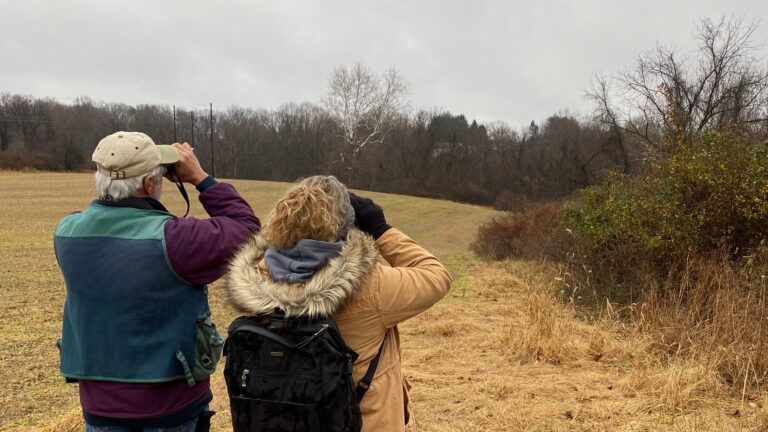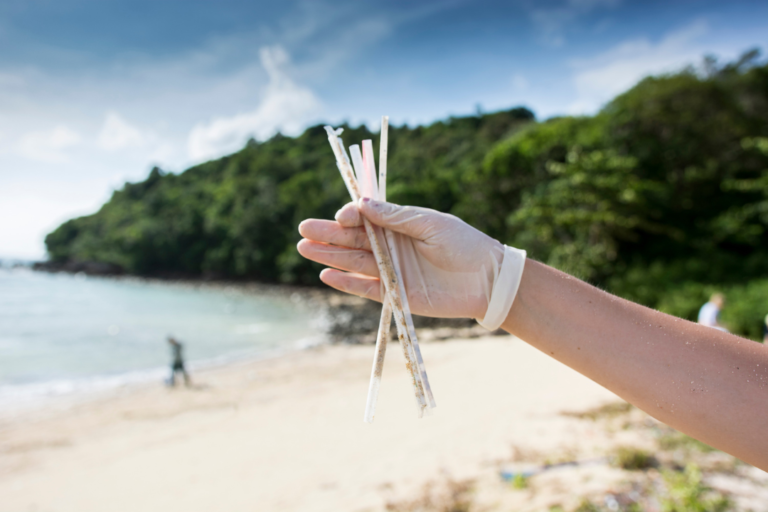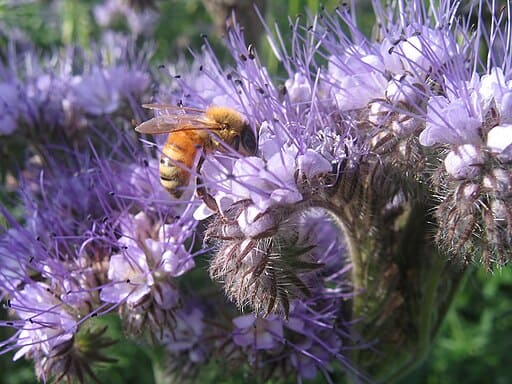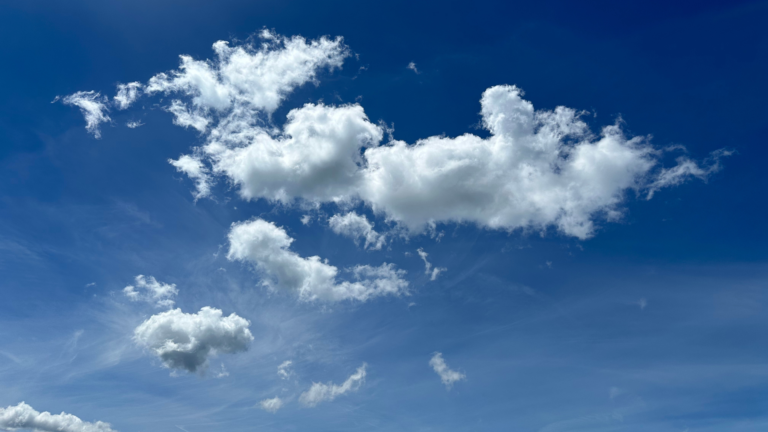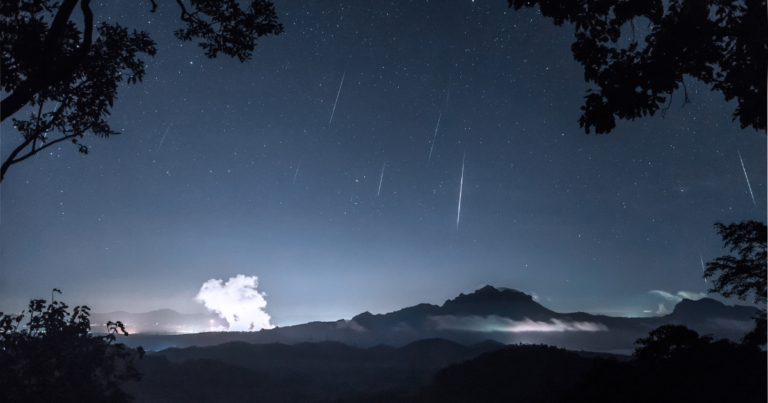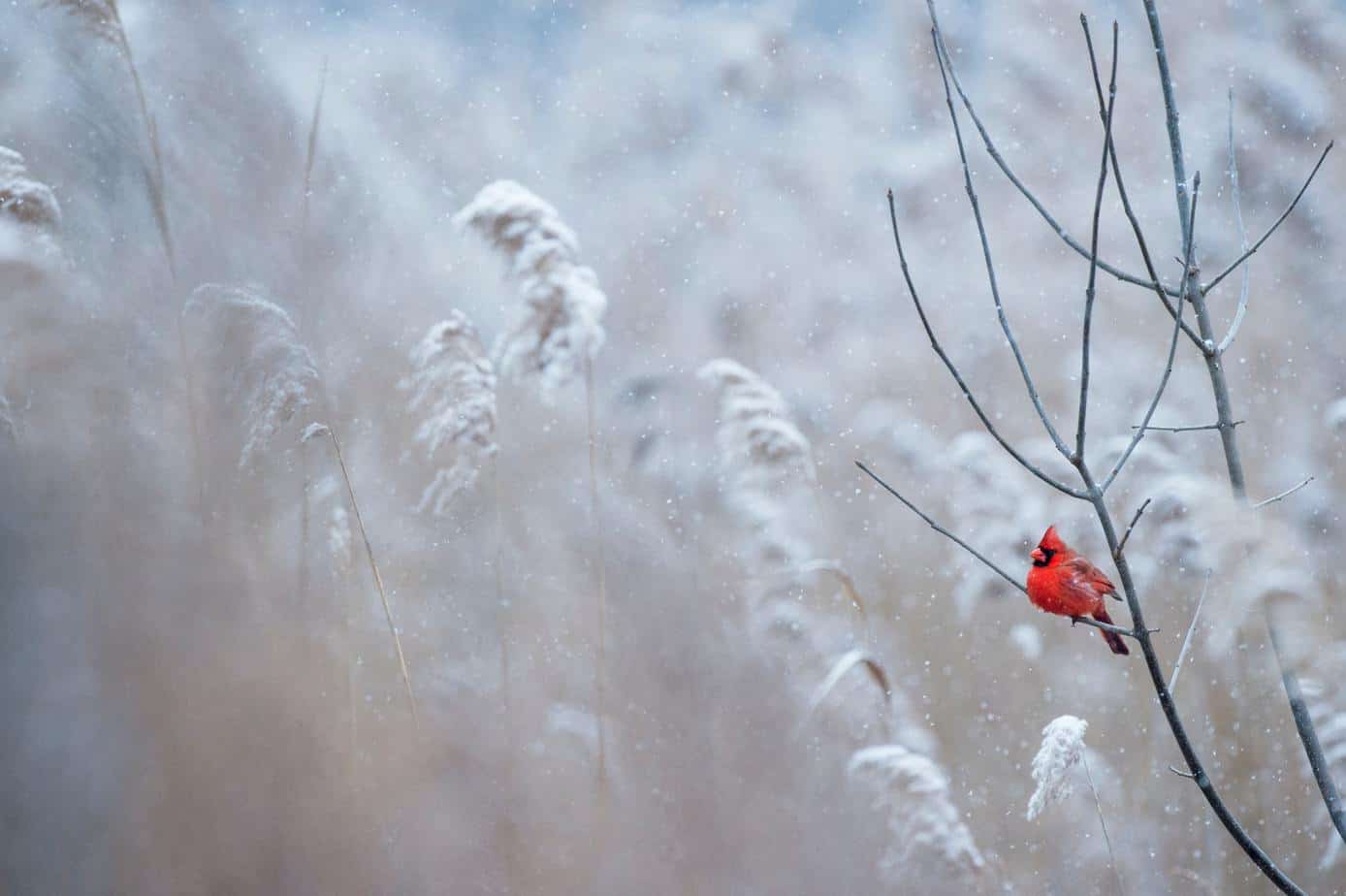Can You See the Stars? Help Scientists Track Light Pollution
When you think about pollution, what comes to mind? For me, I imagine smoke from a chimney, trash on a roadway, or an orange-tainted river. But what I should add to my list are the bright lights of night that are so common in urban areas. Light pollution is often overlooked as a form of pollution but it harms both humans and other animals. Scientists are trying to track the problem. Through the community science project, Globe at Night, your family can help them. All you have to do is answer the question, “Can you see the stars?”. Then you report your results and this helps scientists track light pollution. It’s a great introduction to basic astronomy and gets your family outside.
What is light pollution?
Light pollution is the excessive use of artificial light. Much of it comes from the outdoor lighting of buildings, cars, advertising, streetlamps, etc. It can include glare which is unshielded light that can cause difficulties seeing, like when driving at night. It also comes in the form of light trespass which occurs when you have light shining into your home, especially when you are trying to sleep. Light pollution also includes skyglow which is the combination of all the reflected light brightening up the night sky, especially in more populated areas. Unshielded, poorly targeted, and overused night light all contribute to the problem of light pollution.
What are its effects?
Light pollution disrupts orientation clues in animals. For example, when sea turtles hatch on the beach, they use visual cues formed by the brighter horizon above the sea surface. These cues help them make it back to the water. Beachfront lighting disrupts their ability to do this because it attracts them in the wrong direction. It also impacts birds and insects when they are migrating or trying to find night-blooming flowers to pollinate. In addition, artificial light can wreak havoc on the circadian rhythms of humans. An increased amount of light at night lowers melatonin production which results in sleep deprivation. As we know, this can cause us to have increased fatigue, headaches, stress, and less clear thinking. The blue light found in cell phones is especially detrimental. Medical organizations are starting to take notice about the hazards of light pollution on human health, possibly linking its effects with cancer.
How bad is light pollution in our area?
You can check out the impact of light pollution in your area by looking at this interactive map. The brighter the area of the map, the greater the light pollution. and the more difficult it is to see the stars and constellations in the night sky. When I zoomed into my area, it was one of the worst spots because I live near one of the largest urban areas in the country.
So what can we do to help?
One way is to be mindful of how much light you give off in your own yard. Do you turn off outdoor lights at night? Are your lights well-directed and not too bright? Another way is by helping scientists monitor light pollution through the Globe at Night program. All you have to do is go out during their designated time period each month and observe how dark your night sky is versus standards that they have created. They have an easy system online to report your findings. A side benefit is that you learn about star constellations along the way. It affords you the time to stop and appreciate the night sky,
How do we get started?
One way is to go to Globe at Night for more details on how you can get started on this community science project. Each month, you will need to see when is your nine-day window of opportunity. Another is to consider joining The Field Trip Academy’s monthly membership. This month’s module is a deep-dive into light pollution, with videos, lessons, tutorials, and activities that explore astronomy, sky maps, and constructing and effectively lighting a cityscape. Click here for details.

